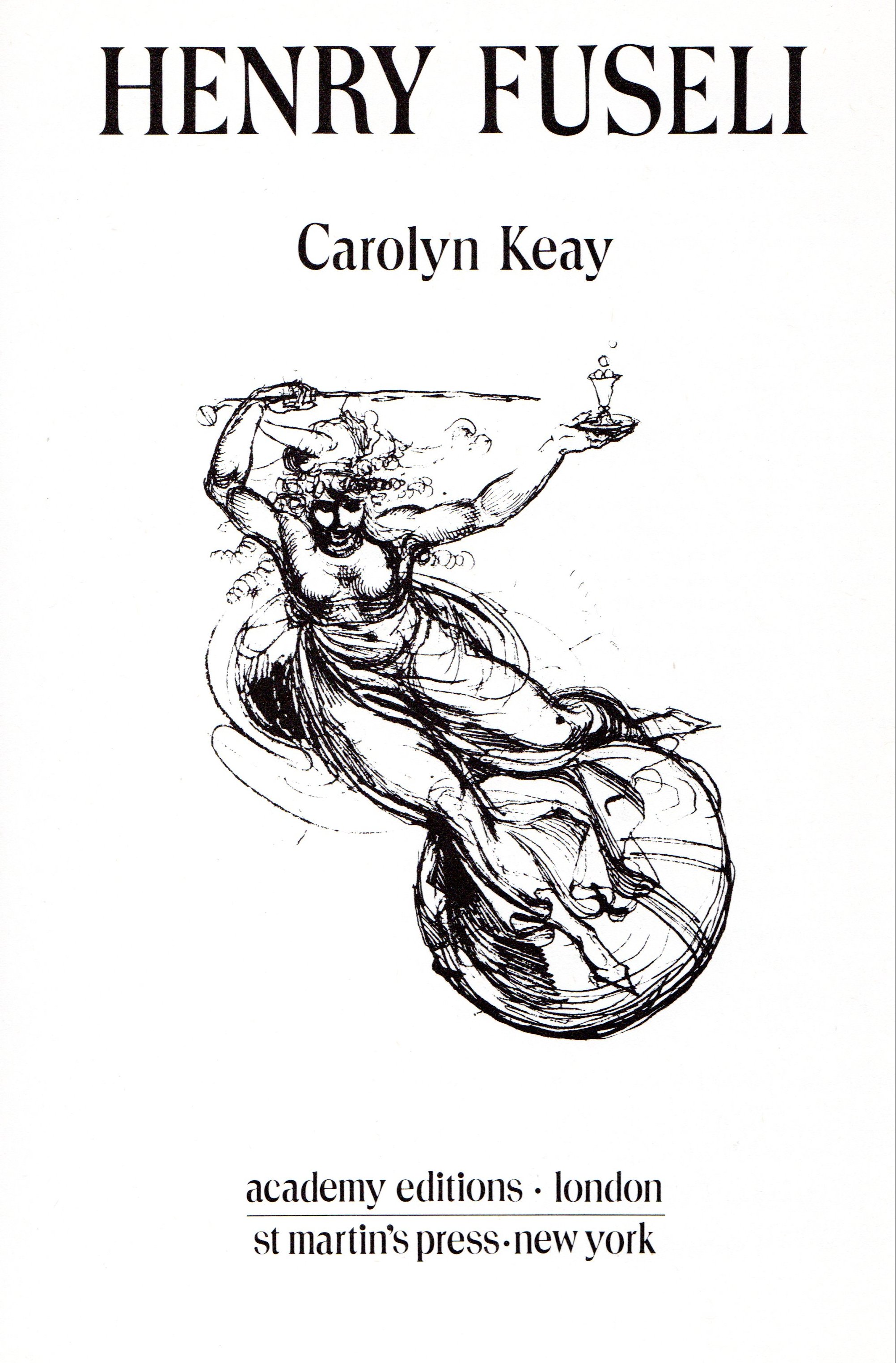 You know, the front material on these monographs tends to be of two varieties. One offers biographical information. The second offers critical interpretation of the artist’s work and what it means and why it’s important. I’d like to generalize and say that the more famous the artist is, the more likely the monograph will have the first type of introduction. You know, they’re famous because their art meant something. However, that’s a bit misleading, as the Rodin monograph definitely leaned to the critical. As does this book, which covers the career of an artist who worked in line drawing and painting in the 18th century.
You know, the front material on these monographs tends to be of two varieties. One offers biographical information. The second offers critical interpretation of the artist’s work and what it means and why it’s important. I’d like to generalize and say that the more famous the artist is, the more likely the monograph will have the first type of introduction. You know, they’re famous because their art meant something. However, that’s a bit misleading, as the Rodin monograph definitely leaned to the critical. As does this book, which covers the career of an artist who worked in line drawing and painting in the 18th century.
He’s mostly known today as an illustrator who did editions of Shakespeare, Milton, and Dante. But the short critical piece at the outset says he’s an important transitional figure between the Age of Enlightenment and the Age of Romanticism.
But, basically, it’s the equivalent of comic book art from the 1700s. The best pieces (aka the ones I liked the best) were the line illustrations, but only a few of the paintings were in color, so they probably lost a little in that translation into black and white. The paintings are a bit of Rubens or Raphael but blended with the Chiascurro of Rembrandt. But without the latter’s heroism or dignity.
So, yeah, unheard of but perhaps important to art critics. And not likely to have one of his prints grace the walls of Nogglestead soon.
As this is an ex-library book from the Springfield Art Museum, we can judge its relative popularity by the last stamp on its checkout papers in the back cover. In this case, 2/17/89, but it was overdue and a notice was sent on 2/25/89.


